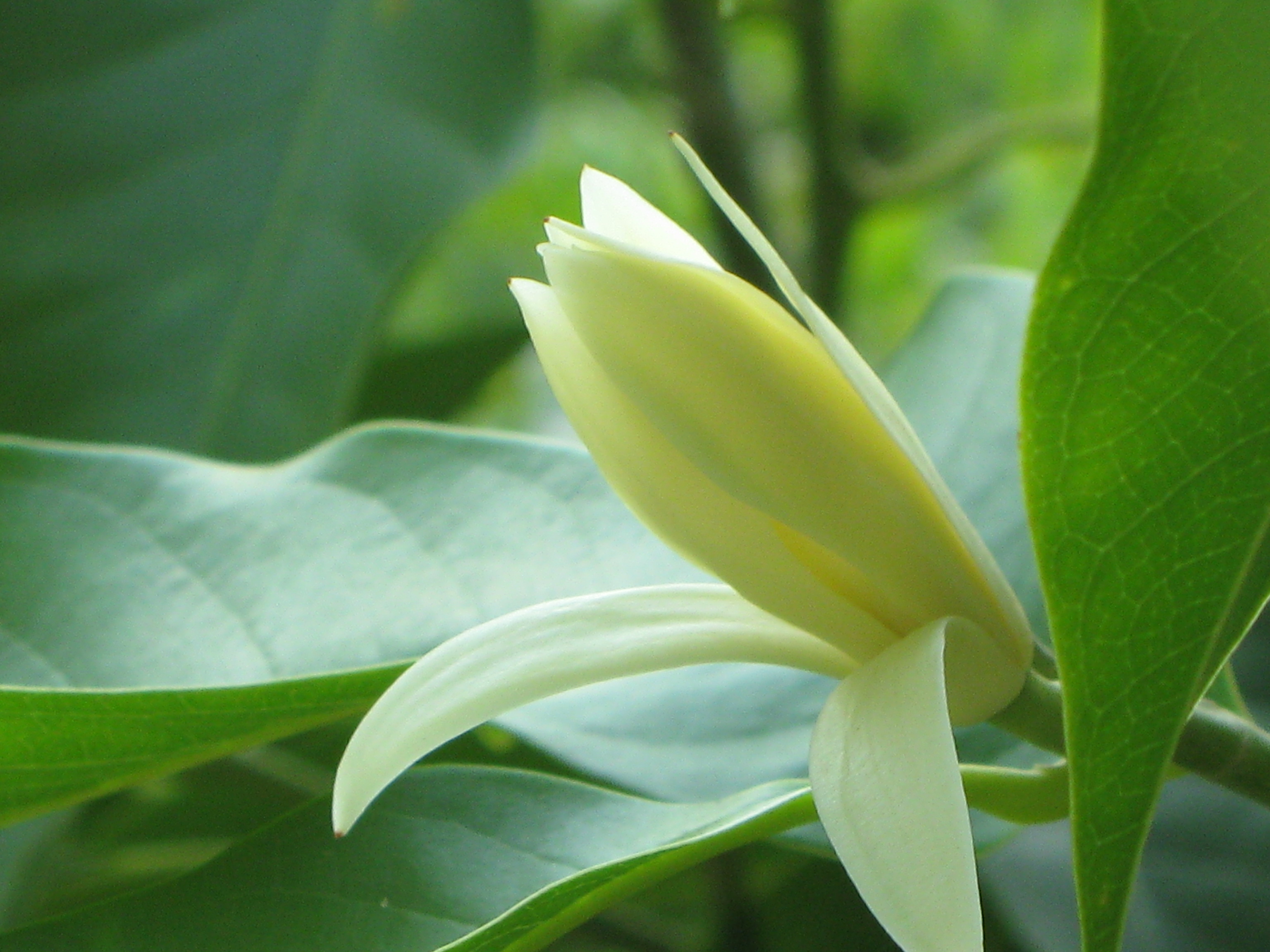|
Champaka (cicada)
''Champaka'' is a genus of cicadas in the family Cicadidae. There are about 12 described species in ''Champaka''. Species The following species belong to the genus ''Champaka'': # '' Champaka abdulla'' (Distant, 1881) # '' Champaka aerata'' (Distant, 1888) # '' Champaka celebensis'' Distant, 1913 # '' Champaka constanti'' (Lee, 2009) # '' Champaka maxima'' (Lee, 2009) # '' Champaka meyeri'' (Distant, 1883) # '' Champaka nigra'' (Distant, 1888) # '' Champaka solivenae'' Lee, 2015 # '' Champaka spinosa'' (Fabricius, 1787) # '' Champaka virescens'' (Distant, 1905) # '' Champaka viridimaculata'' (Distant, 1889)- type species (as '' Pomponia viridimaculata'' Distant, 1889) # '' Champaka wallacei'' (Beuk, 1999) c g Data sources: i = ITIS, c = Catalogue of Life, g = GBIF, b = Bugguide.net References Further reading * * * * Dundubiini Cicadidae genera {{Cicadidae-stub ... [...More Info...] [...Related Items...] OR: [Wikipedia] [Google] [Baidu] |
Champaka Viridimaculata
''Champaka viridimaculata'' (synonym ''Platylomia viridimaculata'') is a cicada The cicadas () are a superfamily, the Cicadoidea, of insects in the order Hemiptera (true bugs). They are in the suborder Auchenorrhyncha, along with smaller jumping bugs such as leafhoppers and froghoppers. The superfamily is divided into two ... species from Borneo and Peninsular Malaysia. ''Platylomia viridimaculata'' (Distant, 1889) References Insects of Borneo Invertebrates of Malaysia Taxa named by Willia ...[...More Info...] [...Related Items...] OR: [Wikipedia] [Google] [Baidu] |
Cicadidae
Cicadidae, the true cicadas, is the largest family of cicadas, with more than 3,200 species worldwide. The oldest known definitive fossils are from the Paleocene, a nymph from the Cretaceous Burmese amber has been attributed to the family, but could also belong to the Tettigarctidae. Description Cicadas are large insects characterized by their membranous wings, triangular-formation of three ocelli on the top of their heads, and their short, bristle-like antennae. Life cycle Cicadas are generally separated into two categories based on their adult emergence pattern. Annual cicadas remain underground as nymphs for two or more years and the population is not locally synchronized in its development, so that some adults mature each year or in most years. Periodical cicadas also have multiple-year life cycles but emerge in synchrony or near synchrony in any one location and are absent as adults in the intervening years. The most well-known periodical cicadas, genus '' Magicicada'' ... [...More Info...] [...Related Items...] OR: [Wikipedia] [Google] [Baidu] |
Champaka Abdulla
''Magnolia champaca'', known in English as champak (), is a large evergreen tree in the family Magnoliaceae.efloras.org: Flora of China treatment of ''Michelia (Magnolia) champaca'' accessed 7.12.2015 It was previously classified as ''Michelia champaca''. It is known for its fragrant flowers, and its timber used in woodworking. Etymology The species epithet, ''champaca'', comes from the Sanskrit word ().Vernacular names Other vernacular names in English include joy perfume tree,[...More Info...] [...Related Items...] OR: [Wikipedia] [Google] [Baidu] |


